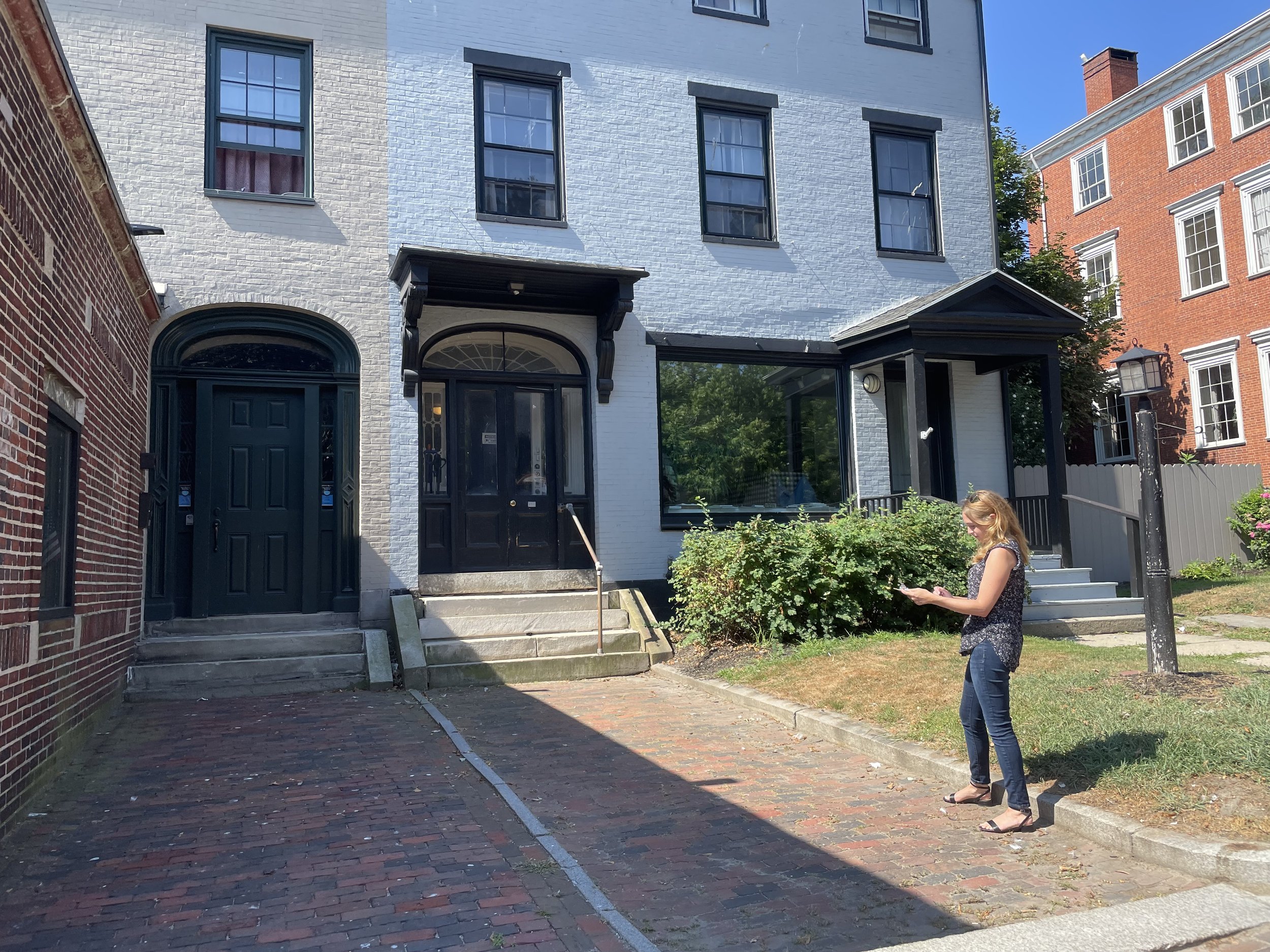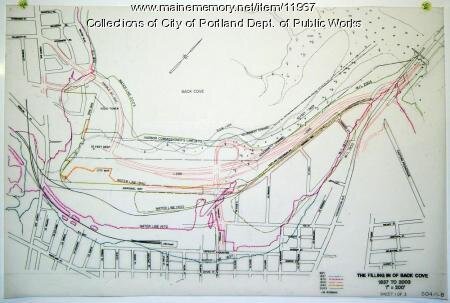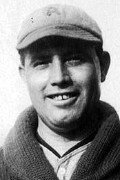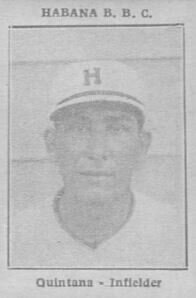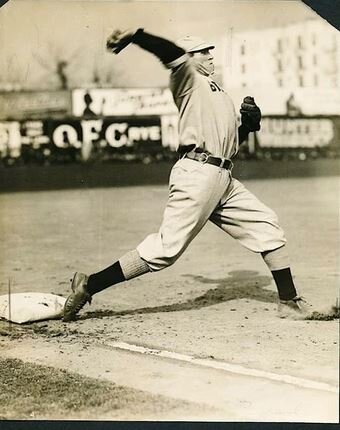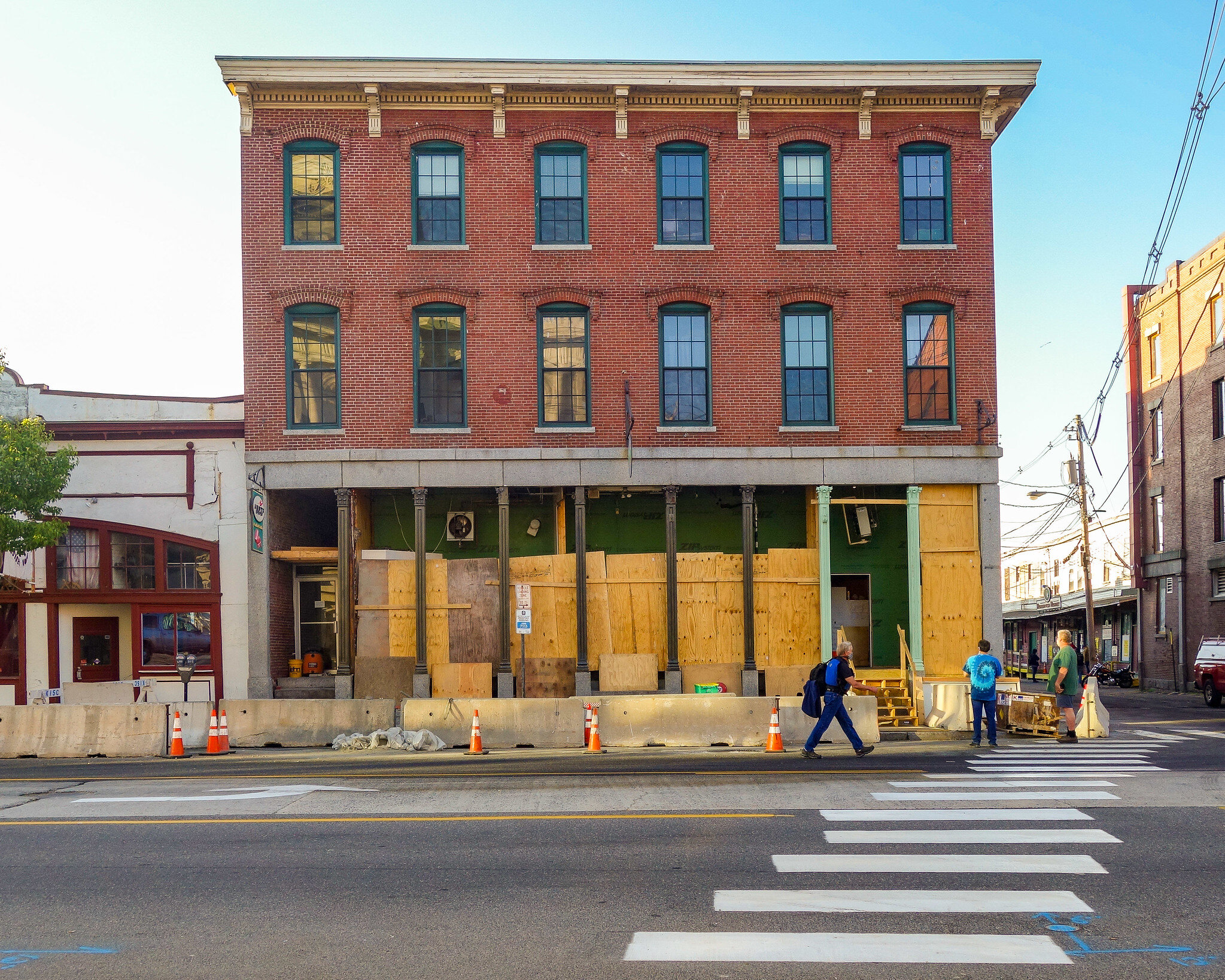December 21, 2022
Before and after photos of 190-192 Oxford Street, former home of an Armenian grocery store
1933 view of Congress Square, with Empire Chop Suey Chinese restaurant at center, courtesy Maine Memory Net
As an organization that’s been around for nearly 60 years, we are involved in a lot of different things, and we want to make sure you know the full scope of what we do.
The work of historic preservation was, for so long, the work of saving big, fancy, "important" buildings that were lived or worked in by "important" men. That mentality is changing, however, and the work we are doing at Greater Portland Landmarks reflects our focus on telling the whole story of a place and all the people who have lived, worked, played, and worshipped there throughout history.
What does this mean for our work?
This past spring, we received a Telling the Full History grant from the National Trust for Historic Preservation to identify the historic resources of underrepresented communities in Portland, focusing on Armenian American, Chinese American and African American populations. Working with graduate students and partners we are locating important sites and neighborhoods and developing context statements to share the missing stories of significance that have shaped Portland’s history, landscapes and architecture, allowing us to strengthen partnerships with our diverse neighbors, and use the information gathered to help share these stories through many platforms. Already, thanks to this past summer's interns, we have made considerable progress in documenting remaining resources, relating to the Armenian- and Chinese-American populations of Portland, particularly in the Bayside neighborhood, where so much was lost to urban renewal. This winter we have another intern beginning the work on the African American component of the project.
The Maine Historic Preservation Commission awarded Greater Portland Landmarks a New Century Community Fund Grant to fund research at the Jean Byers Sampson Center for Diversity in Maine at the University of Southern Maine to identify historic properties associated with diverse Mainers. The research aims to identify buildings, sites, structures, districts or objects owned, occupied, or built by LGBTQ+, Jewish, and African American Mainers or associated with events or a pattern of events having significance in their culture or history. This project was also begun by an intern over the summer, and is currently being continued by two USM students.
When these projects are completed, we will have, in addition to a wealth of documentation, the ability to share these stories that have for too long been left in the dark. We will make this information accessible through a variety of platforms, including in-person events, online resources, and even walking tours.
Moving forward we will keep doing work like this, shining light onto aspects of history that haven't been highlighted yet, and helping to share all of Greater Portland's stories.
Blackstones, Portland's oldest (and last) gay bar
28 A Street, formerly the Green Lantern boarding house operated by Benjamin & Edie Thomas, catering to African American visitors, courtesy Maine Memory Net






